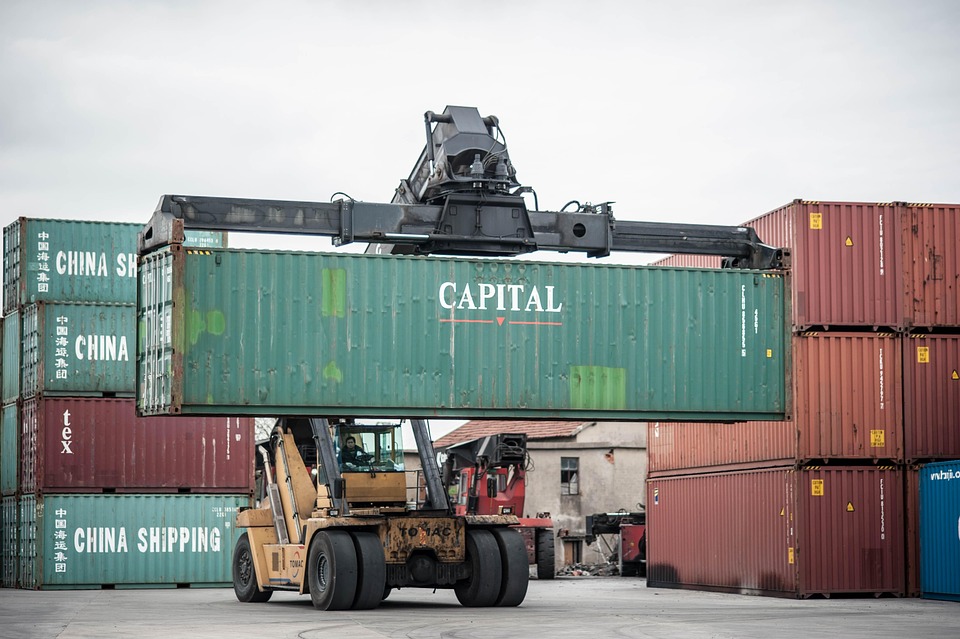
1. How to Choose Professional Optical Fiber CablesExport agentThe service provider?
Select optical cablesExport agentThe following three core competencies require key assessment:Industry experience, customs clearance qualifications, risk control systemHigh-quality agencies should possess:
- Practical cases of fiber optic product exports with over 3 years of experience.
- Familiar with customs tariffs of various countries (especially HS code 854470).
- Possesses AEO Advanced Certification qualification
- Establish a comprehensive quality traceability system
2. What special certifications are required for optical cable exports?
In addition to the conventional CE/FCC certifications, special attention should be paid to:
- EU RoHS 3.0 Directive (4 additional restricted substances added in 2025)
- UL 444 Standard for Communications Cables
- GCC certification for Middle Eastern countries
- Domestic Export Quality License (factory ISO9001 system documents must be provided)
III. Optical CableExport customs clearanceWhat are the precautions?
Common pitfalls in the customs declaration process include:
- Incomplete specification declaration (number of cores, sheath material, and transmission level must be specified).
- Incorrect use of HS codes (optical cables classified under 8544.70, optical fiber preforms classified under 7002.20).
- Incorrect declaration of fiber type (single-mode/multi-mode/specialty fiber)
- Disregard the requirement for a certificate of origin (especially for countries enjoying tariff preferences).
IV. How to Protect Optical Fiber Cable Products in International Transportation?
It is recommended to adopt a three-tier protection scheme:
- Packaging layer
- Moisture-proof aluminum foil lining (humidity ≤60%RH)
- Pressure-resistant wooden crate (load-bearing capacity ≥800kg/m2)
- Transport layer
- Maritime shipping containers must be equipped with anti-vibration brackets.
- Air transport should avoid being mixed with other heavy cargo.
5. What types of insurance are required for export fiber optic cables?
Recommended insurance portfolio plan:
- All Risks of Marine Insurance (covering risks of physical damage)
- Electronic Equipment Damage Special Insurance (covering performance degradation caused by temperature and humidity variations)
- War Strike Additional Insurance (Essential for Middle East/Africa Routes)
6. How to handle customs clearance issues at the destination port?
Professional agents should provide three guarantees:
- Review the technical standards of the target country (e.g., Brazil's INMETRO certification).
- Arrange for an inspector at the destination port to coordinate on-site.
- Establish an emergency margin mechanism (to address sudden tariff adjustments)
7. What are the emerging market opportunities for optical fiber cable exports?
Key concerns in 2025:
- East Africa Submarine Cable System Project (EASSy Phase II)
- Southeast Asia 5G Network Construction (Malaysia, Vietnam)
- Latin America Smart City Project (S?o Paulo Optical Network Upgrade, Brazil)
8. How to Deal with the Risk of Anti-dumping Investigations?
Based on the 2023 EU anti-dumping case against Chinese optical fiber cables, the recommendations are as follows:
- Establish a raw material traceability system (to demonstrate absence of government subsidies).
- Maintain complete production cost records.
- Apply for Market Economy Status (MES) in advance
IX.Export tax refundHow to maximize?
The current tax rebate rate for optical cable products is 13%. Optimization methods include:
- Separate declaration of high-value-added components (e.g., fiber optic connectors declared individually).
- Adopt the processing trade mode with imported materials.
- Application for High-Tech Product Certification (must comply with YD/T standards)
10. How to Evaluate the Genuine Capabilities of an Agency?
Se recomienda realizar una inspección in situ en tres puntos clave:
- Please check the original AEO (Authorized Economic Operator) certification document issued by customs.
- Please provide the optical cable export records for the past six months.
- Test the data traceability function of its ERP system.


 Follow Customer Service WeChat
Follow Customer Service WeChat